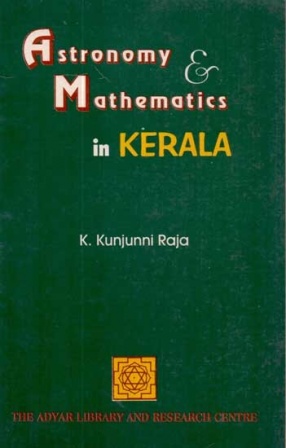
K. Kunjunni Raja

Showing all 6 books

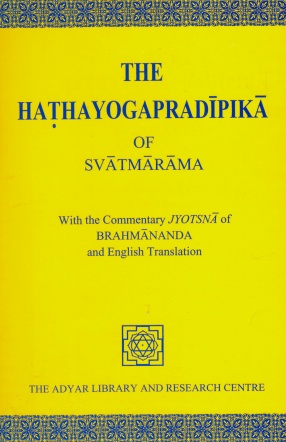

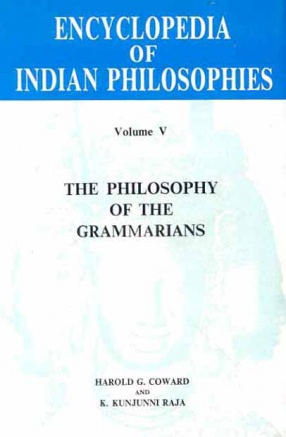
This volume, the fifth in the Encyclopedia of Indian Philosophies, is devoted to the philosophy of the grammarians. The introductory essay is intended to set their school in its context and to summarize the main grammarian teachings. The summaries of primary sources that follow the introduction aim at making available the substance of the main philosophical ideas contained in these works, so that philosophers who are unable to read the original Sanskrit and who ...

This attempts to reconcile the Raja-Yoga of Patanjali with Hatha-yoga. Hatha is considered to be made up of two syllables ha meaning the moon and tha meaning the sun. They correspond to the breath which flows through the left and the right nostrils. Hatha-yoga is the preliminary step and ends in Raja-yoga Consciously or unconsciously. The Saivagama urges students not to give up the practice of asana and pranayama for keeping the body in perfect health.
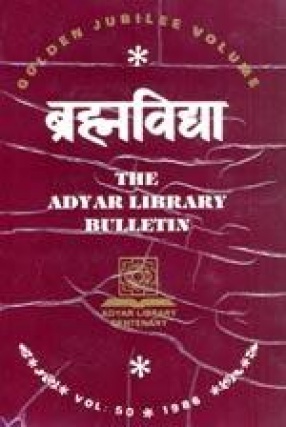
One hundred years ago, the Adyar Library began its career with a modest collection of books. But the Founder, Col. H. S. Olcott, was a man of vision who saw a great future for the institution. In his eyes, it was to be not only an instrument for the revival of Sanskrit literature, but a 'power and blessing to the world', making available once again the wisdom and insights which were part of India's living traditions. From 1879 onwards, the Theosophical Society in ...
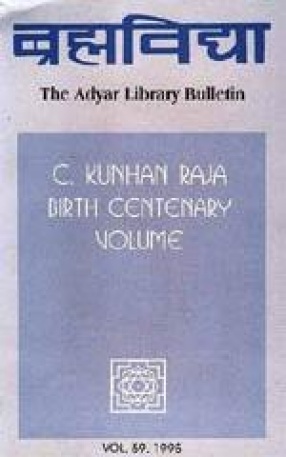
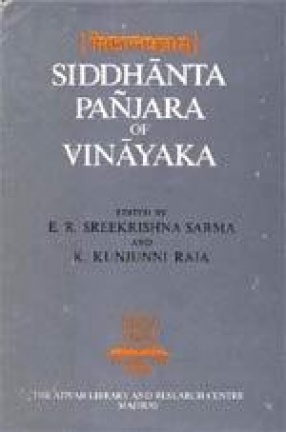
The Siddhantapanjara edited here for the first time is based on two incomplete and two complete manuscripts. Incomplete paper manuscript in the writing of Pandit V. Venkatarama Sharma; Paper manuscripts in the Government Oriental Mss. Library Madras, No. R. 2941; Palm leaf manuscript available in the Kerala University Mss. Library. The work is divided into 8 chapters and is in the form of questions and answers between a disciple and his teacher. It gives a lucid ...
